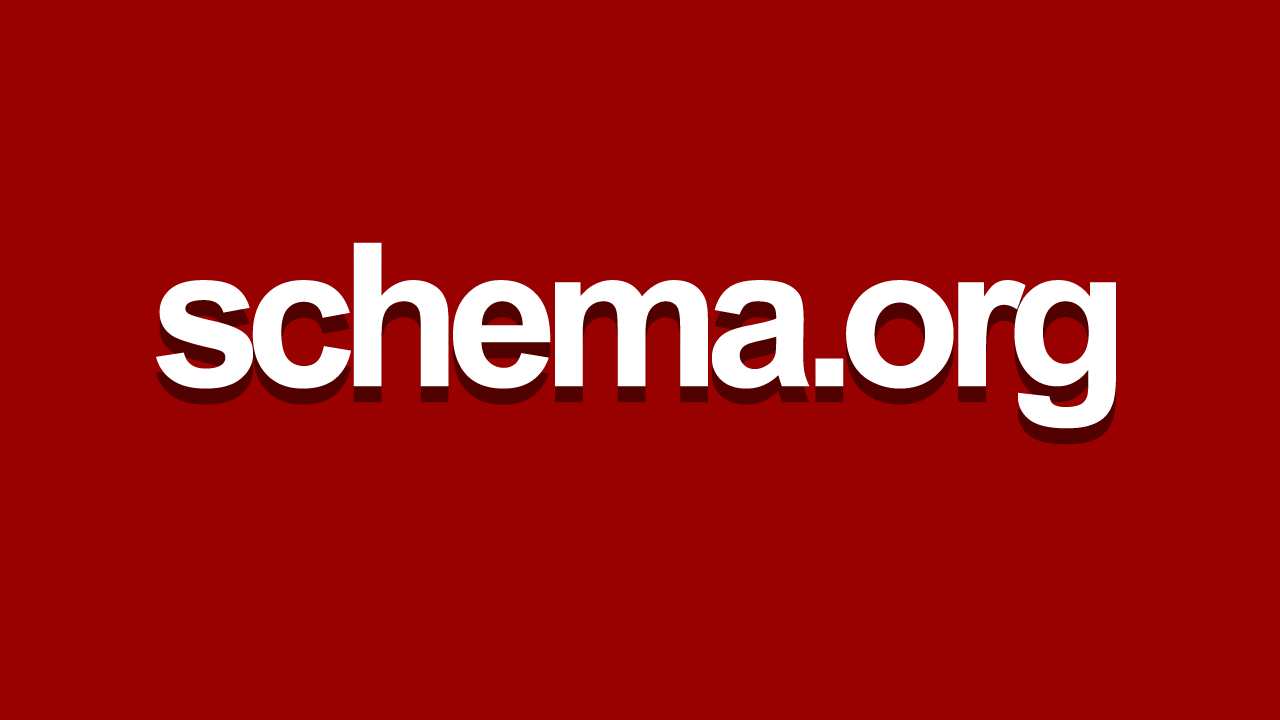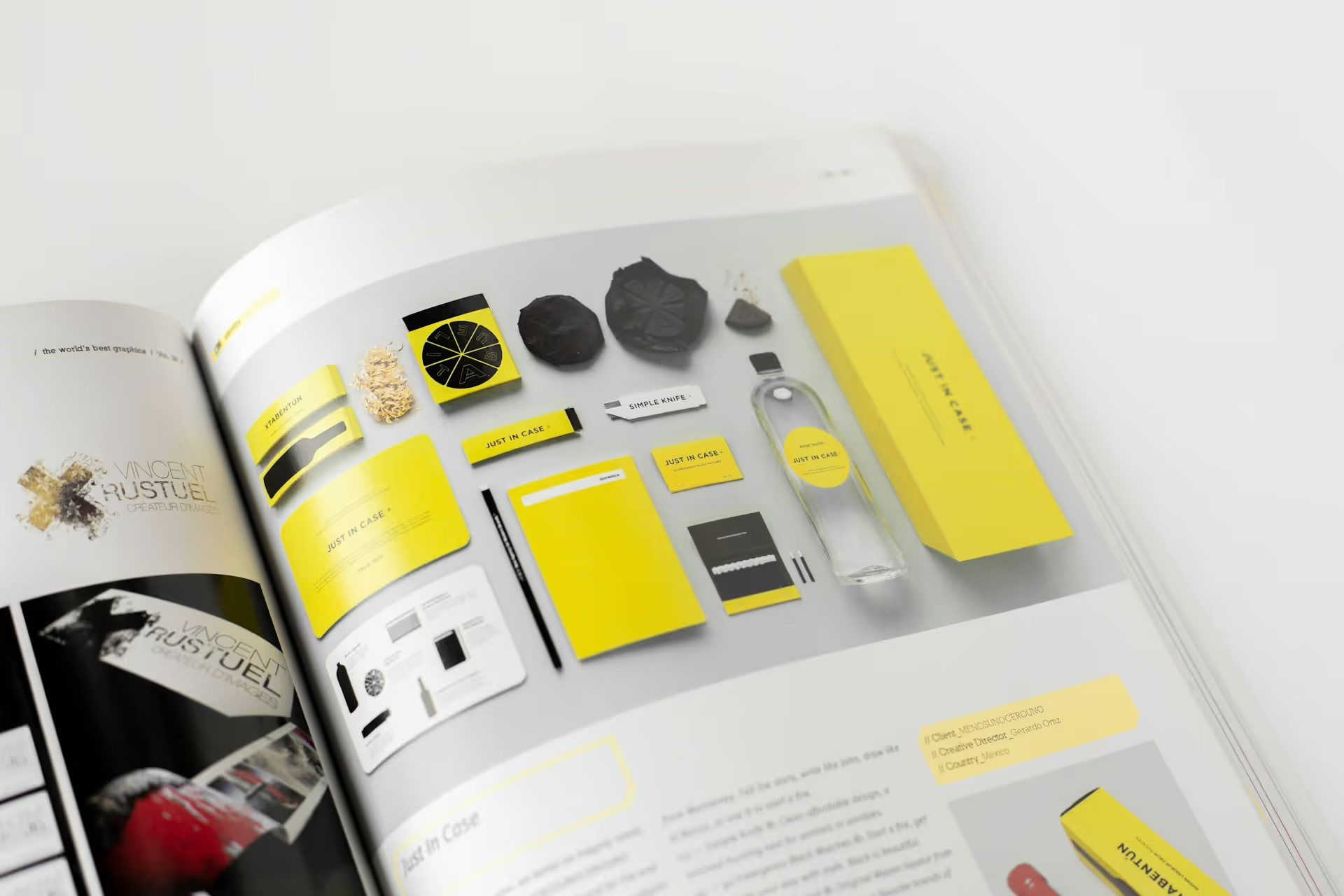
The Ultimate Guide to Web Design Tools: Empowering Designers in 2025
1. Introduction
Web design continues to evolve rapidly, driven by technological advancements, changing user behaviors, and new industry standards. To stay competitive, designers must leverage cutting-edge tools that enhance creativity, streamline workflows, and deliver exceptional digital experiences. At Brightter, we recognize these tools' critical role in crafting innovative websites. This comprehensive guide provides an in-depth analytical overview of the web design tools that will empower designers in 2025.
2. Advanced Design and Prototyping Tools
Efficient web design begins with effective prototyping and visual planning. High-quality prototyping tools allow designers to visualize user journeys and interactions clearly.
a. Figma: Collaborative Powerhouse
Figma’s web-based interface revolutionizes collaborative design by enabling real-time editing and feedback loops. Its robust plugin ecosystem and innovative auto-layout functionality support responsive designs, significantly reducing iteration times. Figma's strength lies in collaboration, allowing cross-functional teams to remain aligned throughout the design lifecycle.
b. Adobe XD: Intuitive Interactions
Adobe XD excels at creating interactive prototypes with advanced features like repeat grids, component states, and voice prototyping. Its seamless integration within the Adobe Creative Suite facilitates smooth transitions between design phases, enhancing productivity and consistency across projects.
c. Sketch: Precision and Scalability
Sketch continues to be a favorite among Mac users for its precision and scalable vector-based designs. Its expansive library of plugins and templates ensures designers can quickly adapt to project-specific needs, making Sketch ideal for intricate UI projects demanding detailed attention.
3. Next-Generation Website Builders and Development Platforms
Selecting the right development platform significantly impacts website performance, maintainability, and SEO effectiveness.
a. Webflow: Bridging the Gap
Webflow uniquely blends design freedom with development capabilities, allowing designers to build visually stunning, fully responsive websites without traditional coding constraints. Its intuitive visual editor supports custom interactions and animations, making complex designs accessible.
b. WordPress: Flexible and Reliable
WordPress remains the most widely adopted CMS, supporting extensive customization via themes and plugins. Its flexibility enables designers and developers to rapidly prototype and launch scalable websites tailored to diverse business needs. Ongoing community support ensures its relevance and adaptability.
c. Framer: Interactive Excellence
Framer offers sophisticated interactive prototyping with detailed animation control, bridging the design-development gap. Designers benefit from real-time feedback, ensuring interactive elements function precisely, providing users with smooth, intuitive experiences.
3. Superior Graphic Design and Asset Creation Tools
High-quality visual assets significantly influence user perceptions and interactions.
a. Adobe Photoshop: Unmatched Versatility
Photoshop remains the cornerstone of graphic design, offering unmatched versatility for creating detailed images, digital artwork, and sophisticated web graphics. Its extensive toolkit ensures designers can produce tailored visual assets that captivate and engage users.
b. Canva: Democratizing Design
Canva has democratized graphic design by making professional-quality visuals accessible to non-designers. Its intuitive drag-and-drop interface and extensive template library simplify the creation of social media content, infographics, and marketing assets, significantly expanding design capabilities across teams.
c. Adobe Illustrator: Vector Mastery
Illustrator continues to dominate vector graphics, providing unparalleled precision for creating scalable visual elements such as logos, icons, and illustrations. Its advanced vector manipulation tools ensure designs remain crisp and professional across all screen resolutions.
4. Enhanced Collaboration and Workflow Tools
Efficient collaboration is essential for successful project execution, aligning diverse teams around common goals.
a. Slack: Real-Time Communication
Slack streamlines team interactions, facilitating quick discussions, file sharing, and integrated tool notifications. Its integration with design and project management platforms ensures teams remain connected and informed, enhancing productivity and project transparency.
b. Trello: Simplified Project Tracking
Trello provides intuitive project management through visual boards, lists, and task cards. It simplifies project tracking, ensuring transparency around deadlines, tasks, and progress, making it indispensable for organizing web design projects efficiently.
c. Notion: Centralized Workspace
Notion serves as a centralized hub for documentation, task management, and team collaboration. Its flexible structure adapts easily to diverse project requirements, ensuring critical design documents, assets, and workflows remain organized and accessible.
5. Robust Performance and Accessibility Testing Tools
Website performance and accessibility are crucial to user satisfaction and regulatory compliance.
a. Google Lighthouse: Comprehensive Audits
Google Lighthouse delivers comprehensive website audits, evaluating performance, accessibility, SEO, and best practices. Its actionable insights enable designers and developers to optimize loading speeds, improve user experiences, and effectively meet accessibility standards.
b. Axe Accessibility Checker: Inclusive Design
Axe provides in-depth accessibility assessments, identifying critical issues that may hinder user interaction. By ensuring compliance with WCAG guidelines, Axe empowers designers to create inclusive websites accessible to users of all abilities.
c. BrowserStack: Cross-Device Compatibility
BrowserStack enables comprehensive cross-browser and cross-device testing, ensuring websites perform optimally on various platforms and devices. It provides developers with confidence that their designs will deliver consistent user experiences regardless of user device choice.
5. Conclusion
Empowering designers with the right web design tools significantly impacts their ability to create visually impressive, high-performing, and user-friendly websites. By selecting and mastering these tools, designers can streamline workflows, enhance collaboration, and deliver outstanding results.
Brightter remains committed to utilizing these cutting-edge tools, ensuring our clients receive exceptional digital solutions. Ready to elevate your web presence? Contact Brightter today and let’s create something extraordinary together.



.avif)



















































































